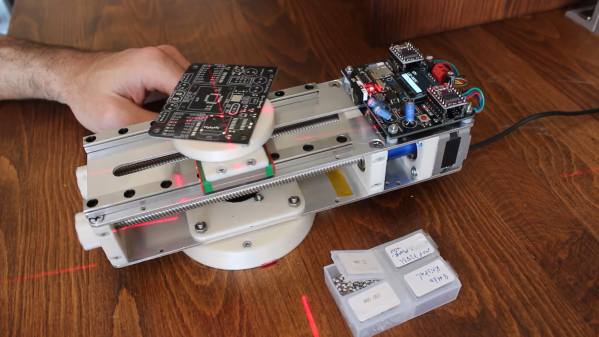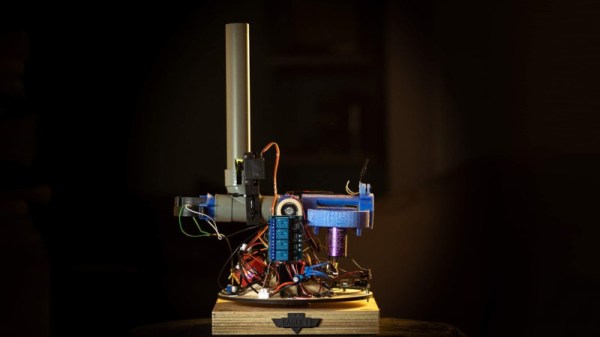The Joker is a popular character in the Batman franchise, and at times uses poisonous gases as part of his criminal repertoire. That inspired this fun project by [kutluhan_aktar], which aims to monitor the level of harmful gases in the air.
The project doesn’t use just one gas sensor, but several! It packs the MQ-2, MQ-3, MQ-4, MQ-6, and MQ-9. This gives it sensitivity to a huge variety of combustible gases, as well as detecting carbon monoxide. The sensors are read by an Arduino Nano, which displays results on an RGB LED as well as an attached IPS screen.
Readings from each sensor can be selected by using an infrared remote. In order to best work as a safety device, however, it could be more useful to have the Arduino automatically cycle through each sensor, checking them periodically and raising an alarm in the event of a high reading.
The whole project is built on a custom PCB which is artfully constructed with an image of the Joker himself. It helps to make the project a bit more of a display piece, and speaks to the aesthetic skills of its creator.
It’s a fun build, and one that could be mighty capable with a few software tweaks. With that said, if you’re working in a space with real hazards from combustible gases, it may be worth investing in some properly rated safety equipment rather than relying on an Arduino project.
Incidentally, if you’d like to improve the results from using such gas sensors, we’ve looked at that in the past. Video after the break.
Continue reading “Joker Monitor Keeps An Eye On Hazardous Gas Levels”

















